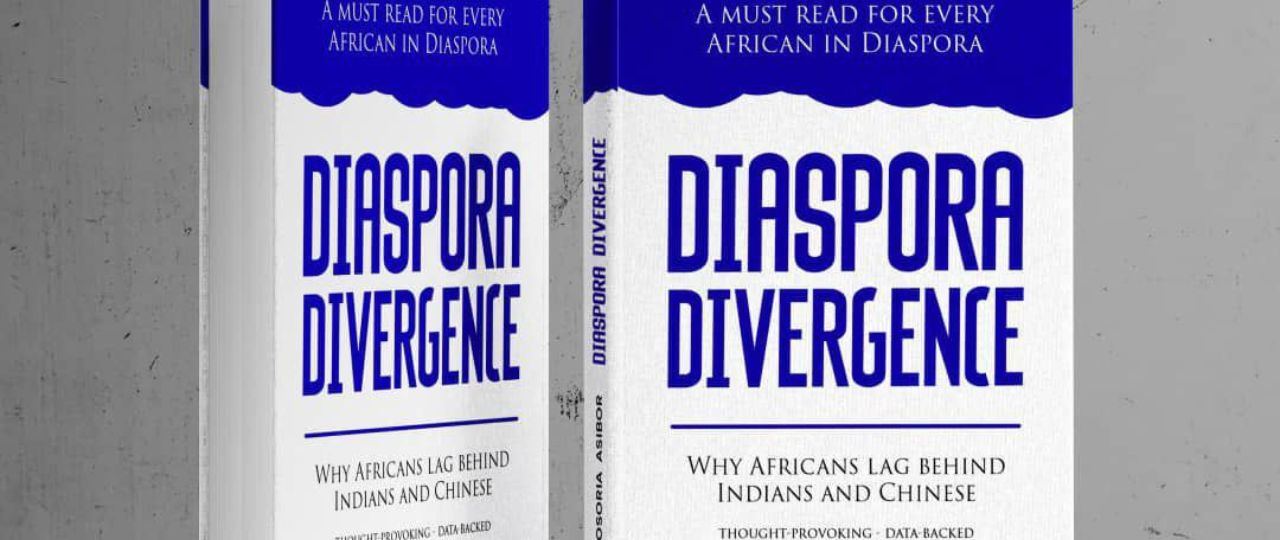Diaspora Divergence: Africans vs Indians & Chinese (Excerpt 1)
Income Levels: Statistical Comparison of Median Incomes Across African, Indian, and Chinese Diaspora Communities
Income is often considered one of the most straightforward metrics for measuring success and economic stability. It is also one of the most frequently cited statistics in discussions about inequality among diaspora communities. Therefore, a nuanced look into the median incomes across the African, Indian, and Chinese Diasporas can offer valuable insights.
The United States
In the United States, according to data available up to 2022, the median household income for Indian-Americans stood at approximately $120,000 per year, significantly higher than the national median. Chinese-Americans also outpaced the national median with an approximate income of $81,000. In contrast, African diaspora communities, particularly those from sub-Saharan Africa, had a median household income closer to $52,000, falling below the national average.
Canada
Similarly, in Canada, where the national median income was about CAD 70,000, individuals of Indian and Chinese descent reported median incomes of CAD 83,000 and CAD 75,000 respectively. African diaspora communities reported a median income of approximately CAD 65,000, slightly below the national figure.
United Kingdom
In the United Kingdom, a similar trend emerges. Indian and Chinese diaspora communities often surpass the national median income, while African communities are more likely to fall below it.
Why the Disparity?
While these figures are instructive, they only provide a snapshot. The real story behind these numbers involves a complex interplay of factors such as educational attainment, career choices, discrimination, and systemic issues, which we will delve into in subsequent chapters.
Understanding these income levels not only provides a starting point for our comparative study but also raises essential questions about why such disparities exist. These statistical findings set the stage for a deeper dive into the underlying factors that contribute to these financial outcomes.
Homeownership Rates: Percentage of Homeownership Across the Communities in Focus
Homeownership is often seen as a solid indicator of financial stability and upward mobility. It is not just about having a place to call home; owning property is often associated with community involvement, better educational outcomes for children, and a form of wealth that can be passed down through generations. Therefore, examining the homeownership rates across African, Indian, and Chinese diaspora communities provides another layer to our understanding of success.
The United States
In the United States, according to data up to 2022, around 72% of Indian-Americans own homes, which is above the national average of approximately 65%. Chinese-Americans closely follow at a 70% homeownership rate. In stark contrast, only about 42% of African diaspora families own homes, notably below the national average.
Canada
In Canada, homeownership rates follow a similar pattern. About 68% of Indian and 65% of Chinese families own their homes, compared to the national average of 63%. African communities lag behind at a rate of about 50%.
United Kingdom
The homeownership situation in the UK is a bit more nuanced but follows the same general pattern. Indian and Chinese communities surpass the national average, while African diaspora communities lag slightly behind.
Exploring the Reasons behind the Disparity
While the percentages are revealing, they raise more questions than they answer. Why is homeownership less common among the African diaspora? Is it due to differences in income, as discussed in the previous section, or are there other factors at play, such as access to credit, generational wealth, or systemic issues? These questions open avenues for further investigation, which we will explore in later sections.
By examining homeownership rates, we add another piece to the puzzle of understanding why African diaspora communities lag behind their Indian and Chinese counterparts in traditional measures of success.
Osoria Asibor

